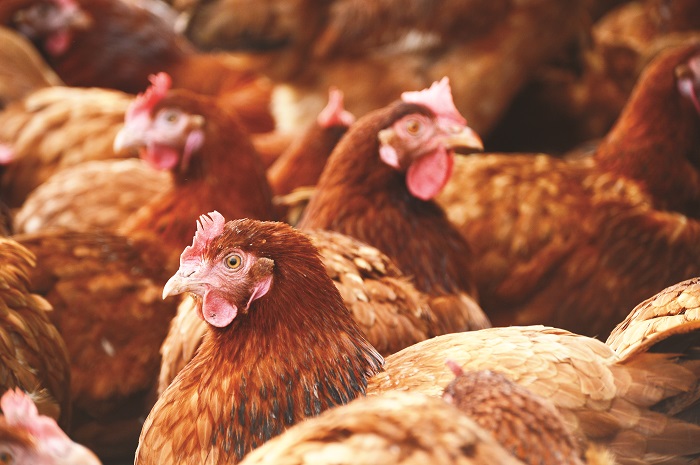Griffiths Family Farms has commissioned a two year research project in partnership with the Royal Veterinary College (RVC) under the guidance of leading animal behaviour expert Prof Christine Nicol, ahead of the decision by major retailers in the UK to only accept eggs from hens that aren’t caged by 2025.
The research will focus on bird behaviour and will help the business to decide how best to house their hens in the future.
Griffiths Family Farms owns Oakland Eggs, based in the heart of Shropshire, and produces around 500 million eggs a year and employs around 110 people. The firm was started in 1967 by Aled and Olwen Griffiths in 1967 and is now run by sons Gareth and Elwyn.
It rears pullets as part of its vast egg business, which also includes a full packing operation and processing facilities, enabling it to supply fresh eggs to the retail sector and products such as boiled eggs to caterers.
“We are looking forward to working closely with Griffiths, this new study is the first of its kind in the UK and will allow the RVC to set new baseline standards for bird behaviours in cage free systems, something which we hope to replicate in Free Range systems in the future,” said Professor Nicol.
Elwyn Griffiths, technical director and vice chairman of the BEIC said: “Even though we have many years of experience caring for hens, we continue to learn a great deal about hen behaviour but it’s clear there is a lack of meaningful research in this area. We are focussed on delivering positive welfare outcomes for hens with our “tree” system already offering hens tremendous freedom to move, dustbathe and perch at all levels. We are very pleased to be embarking on this new, industry leading study with such an esteemed institution as the RVC.”
Managing director Gareth Griffiths said: “As we move towards the replacement of colony eggs it is essential that new facilities work well for hens, but also utilise existing brownfield sites to deliver commercially sustainable eggs for the benefit of the UK egg industry, retailers and the most importantly, the end consumer.”


